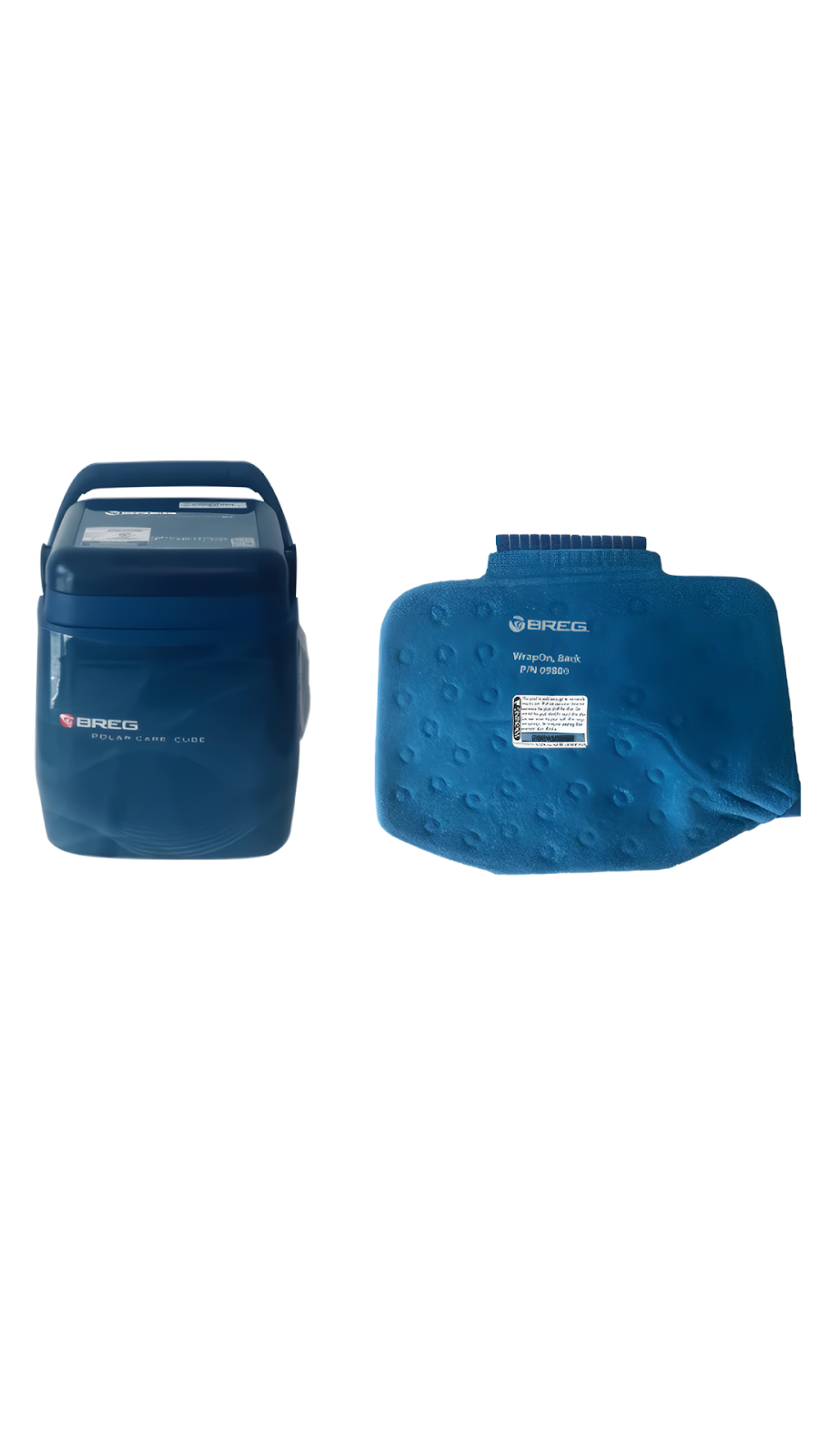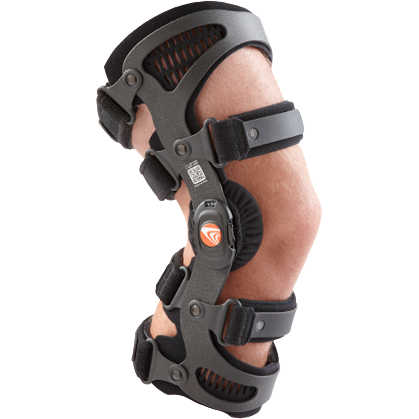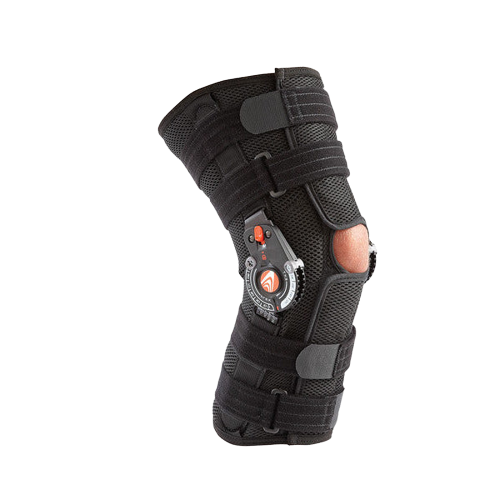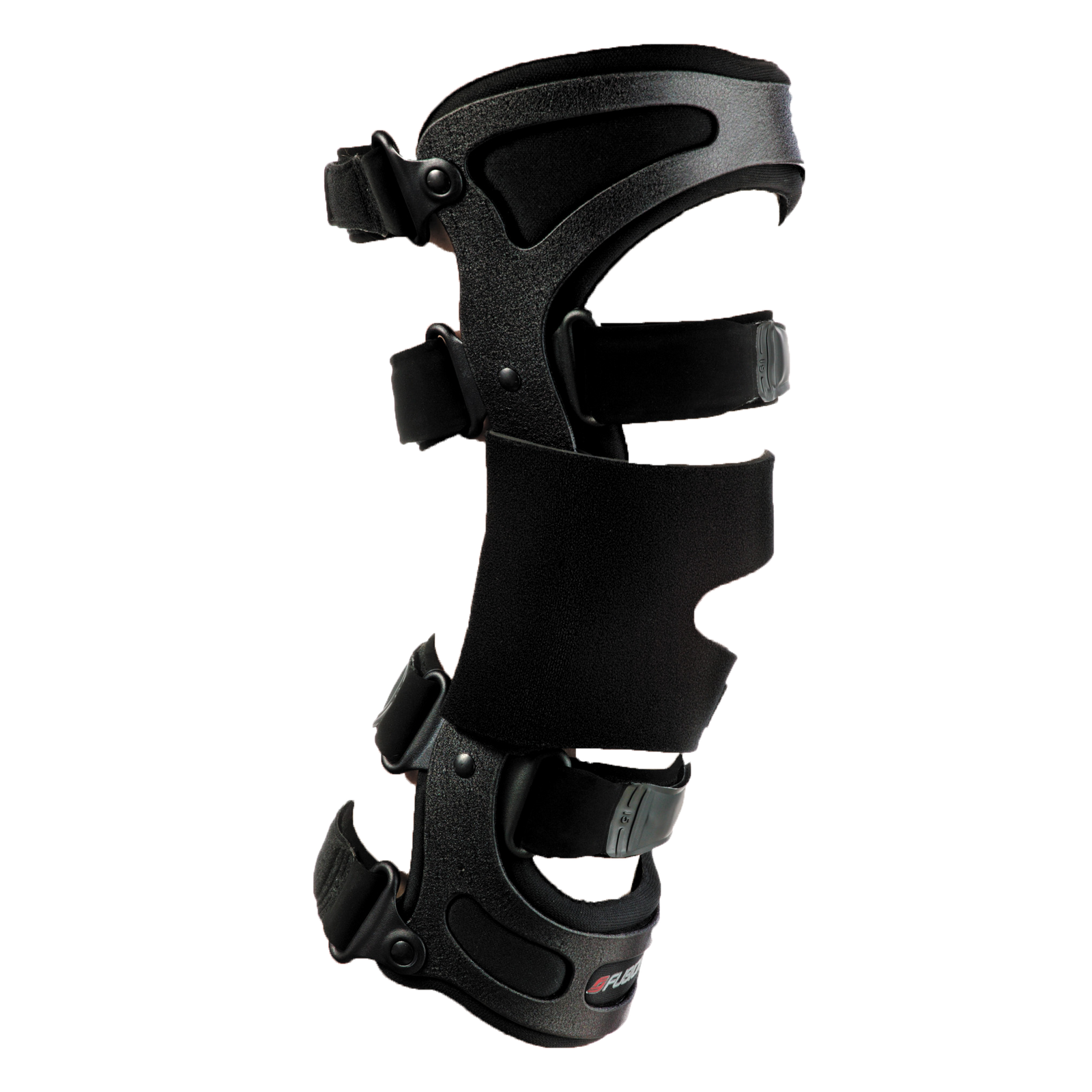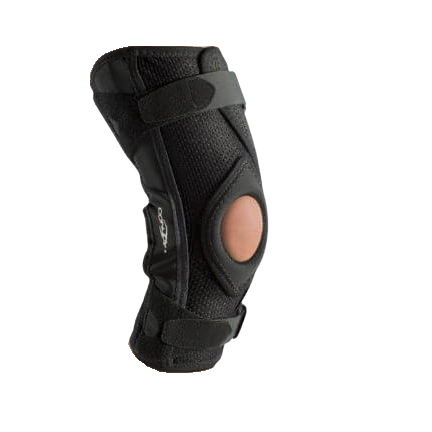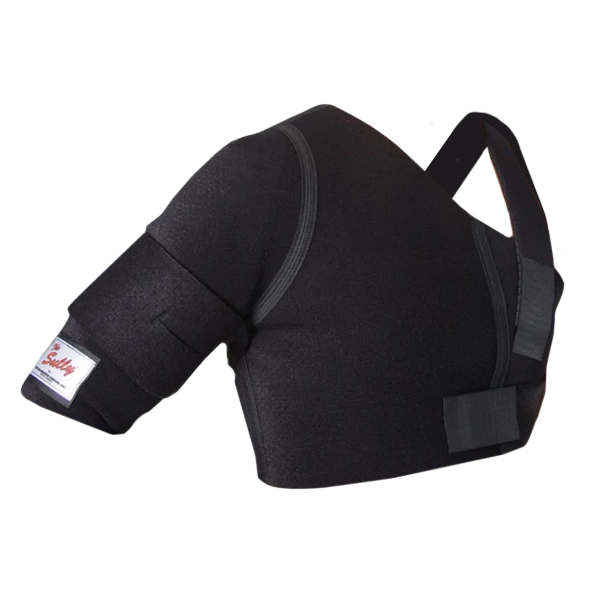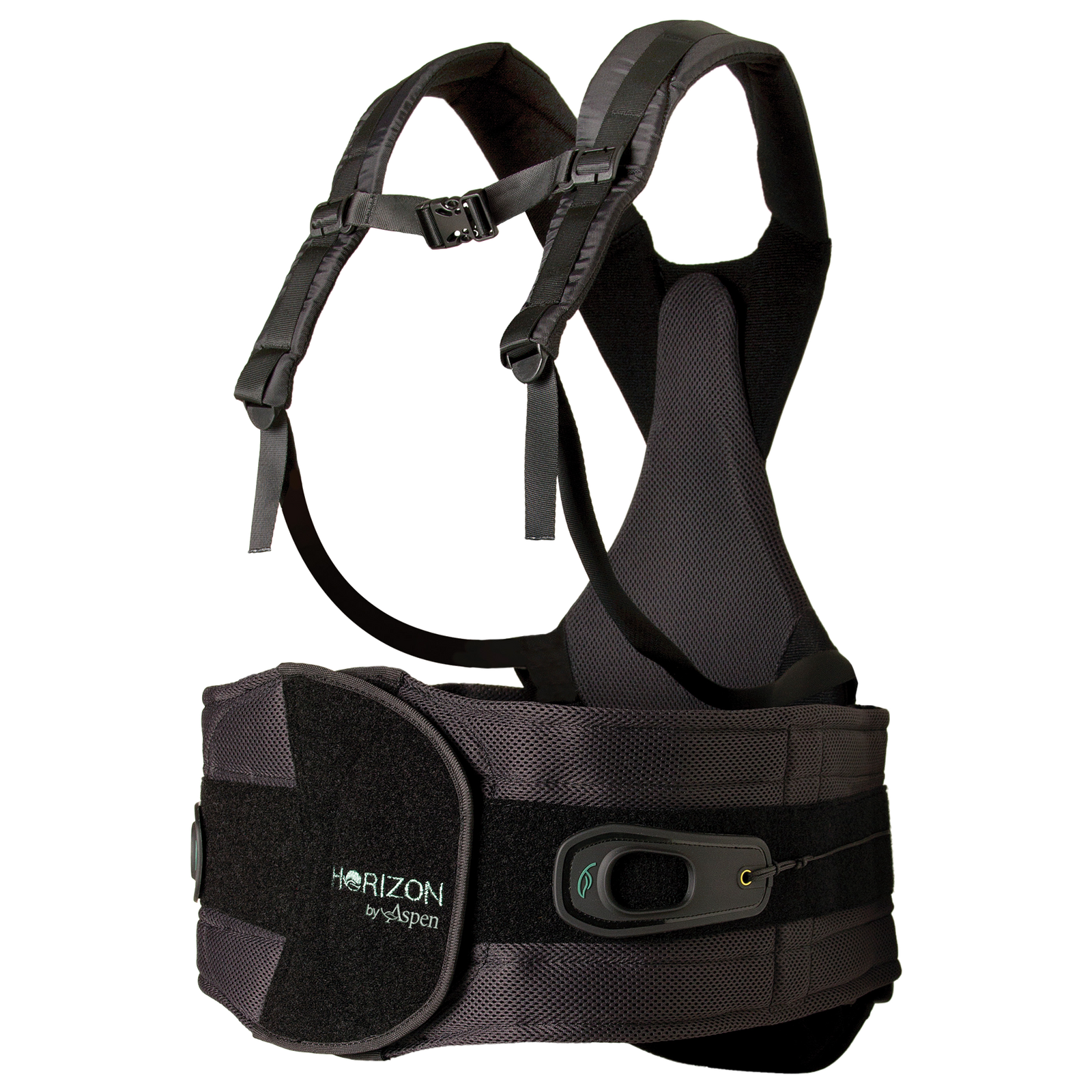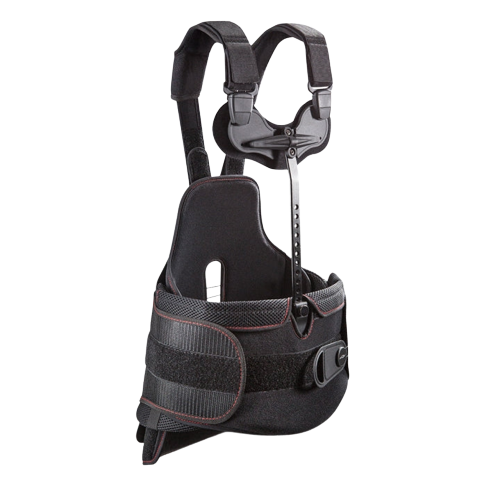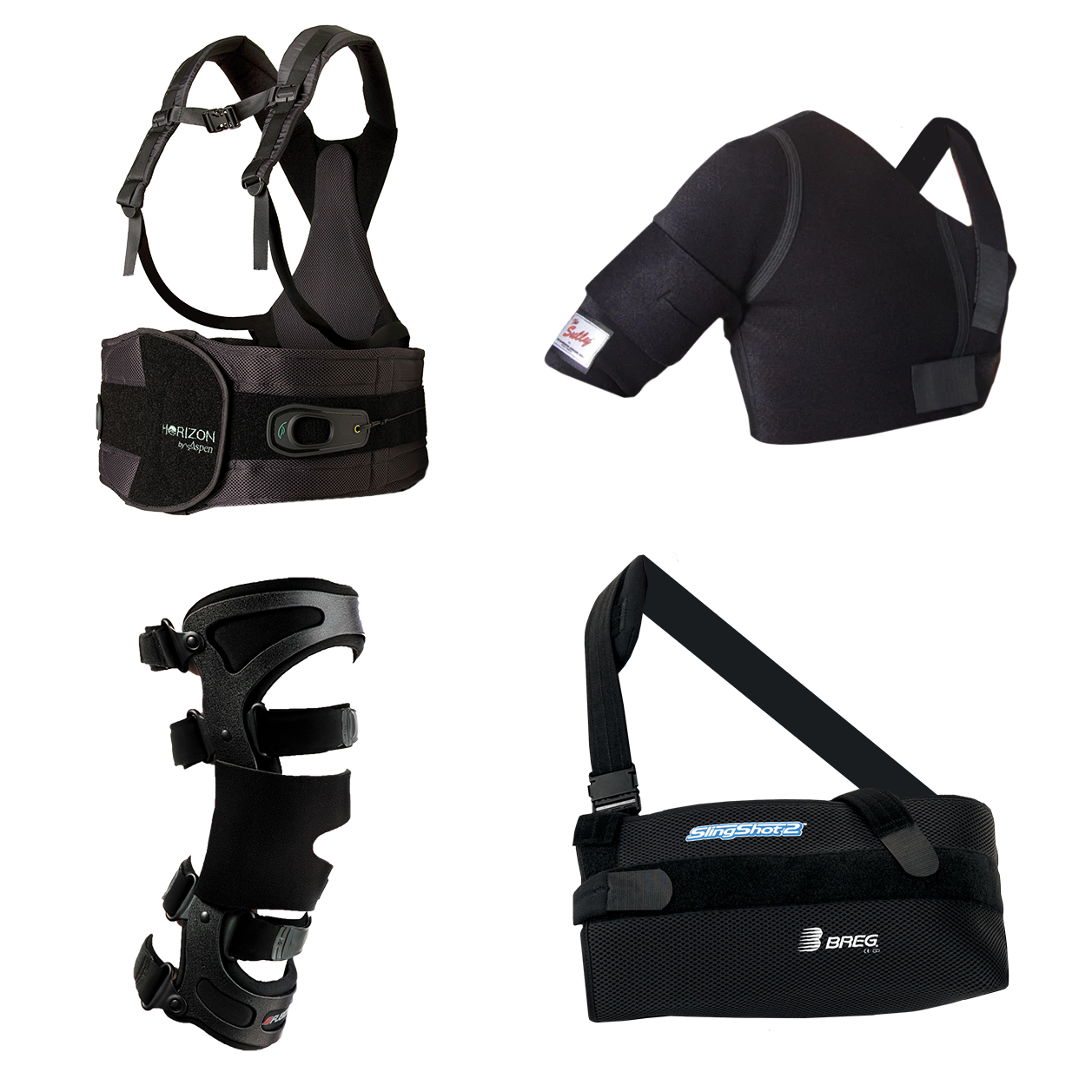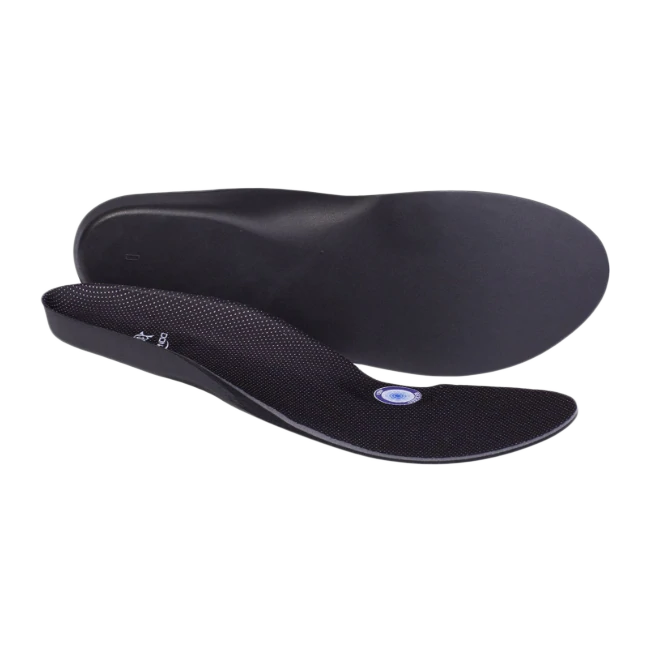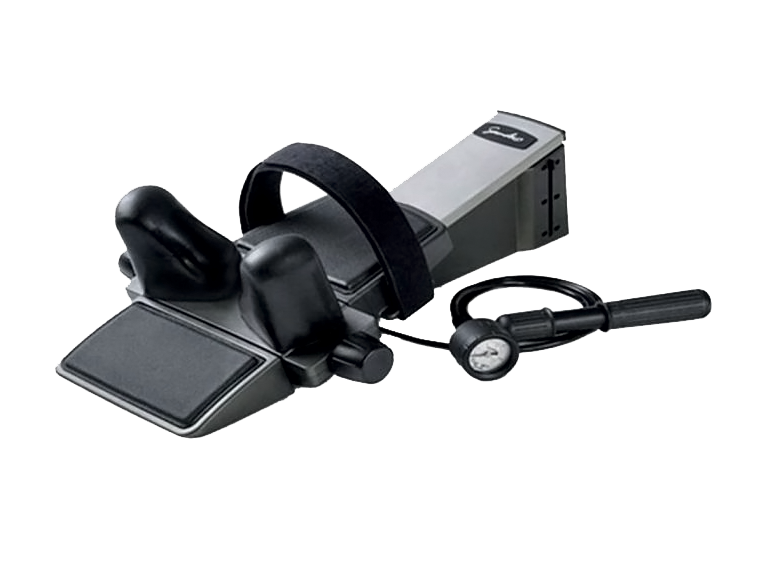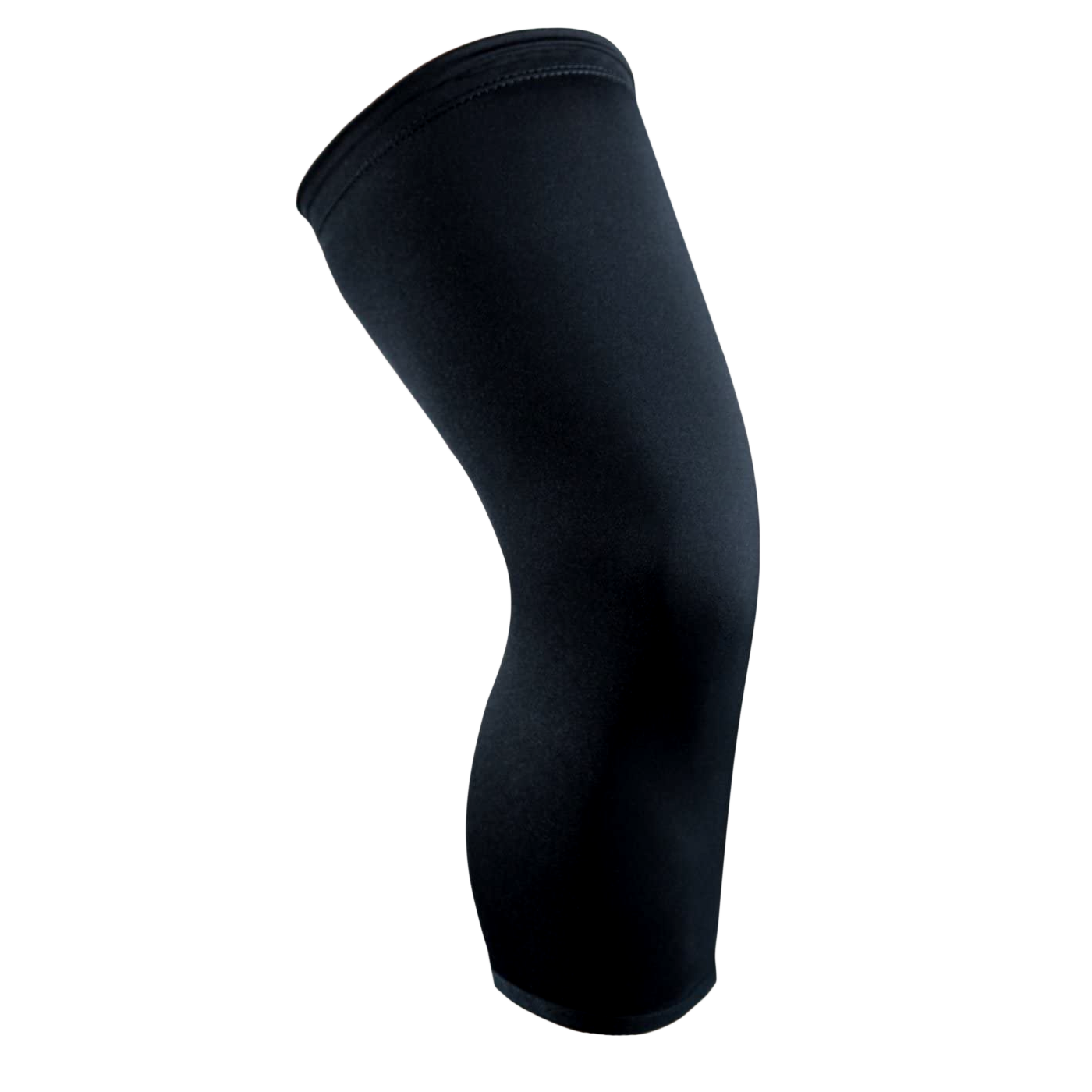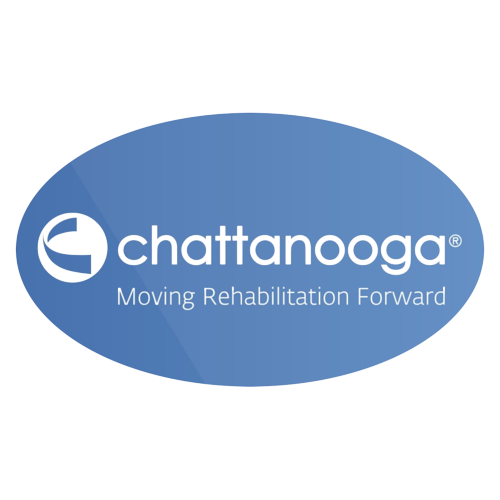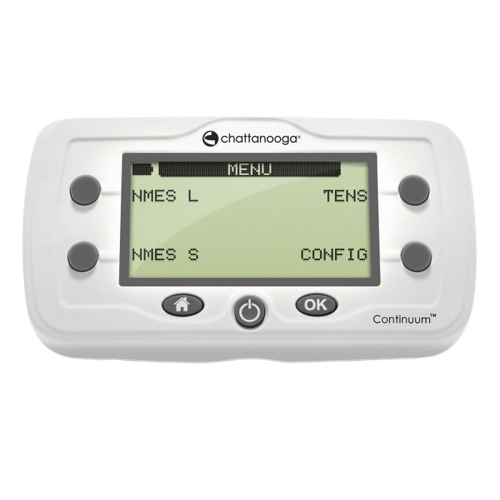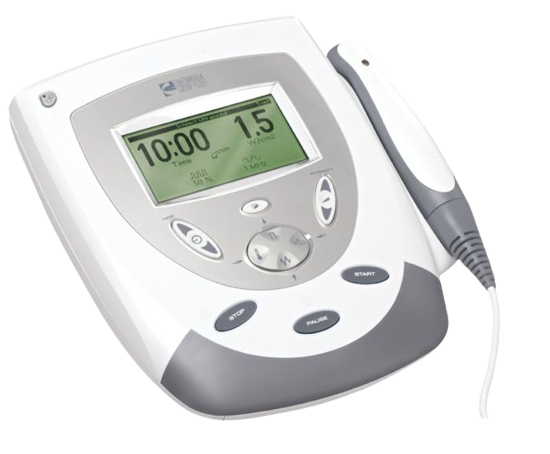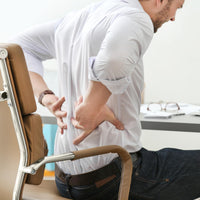
Key Takeaways:
- Prioritize Early Symptoms and Immediate First Aid: Spotting key symptoms like sharp pain, swelling, and limited range of motion early can lead to a faster, more effective recovery. Immediate application of the R.I.C.E. method is crucial.
- Rehabilitation is Key to Recovery: Under professional guidance, incorporating exercises such as quadriceps sets, and hamstring curls restores mobility and strengthens the knee, accelerating recovery.
- Focus on Prevention for Long-Term Health: Strengthening surrounding muscles, improving flexibility, and using proper techniques during activities are vital to preventing future hyperextended knee injuries. Regularly updating your prevention plan is equally important.
In the blink of an eye, a simple misstep can lead to a hyperextended knee, leaving you in pain and wondering how long it’ll take to get back to normal. Whether it’s from a sports injury, an accident, or just a wrong move, you know that feeling of frustration and helplessness all too well. The simple tasks—walking, standing, or even sleeping—become a challenge, and the recovery process feels overwhelming.
But don’t lose hope. While recovery from a hyperextended knee can take time, it doesn’t have to be a slow, painful process. With the right care, support, and products, like those offered by OrthoBracing, you can ease the pain, reduce swelling, and start rebuilding strength. In this article, we’ll guide you through practical steps to recover faster, helping you get back to doing what you love with less worry and more confidence. You’ve got this, and we’re here to help you every step of the way.
What Is A Hyperextended Knee And How Does It Happen?
A hyperextended knee occurs when the knee joint is forced to extend beyond its normal range of motion. This type of injury is common in sports and activities that involve a lot of jumping or rapid changes in direction. It can also occur due to a direct blow to the leg or a fall where the knee is pushed straight with excessive force.
The knee joint comprises bones, ligaments, and muscles that work together to provide stability and movement. When the knee is hyperextended, the ligaments on the back of the knee, particularly the anterior cruciate ligament (ACL) and posterior cruciate ligament (PCL), can be stretched or torn. This damage can lead to pain, swelling, and a feeling of instability in the knee.
The severity of a hyperextended knee can vary from a mild strain that requires rest and recovery to a severe ligament tear that may necessitate surgical intervention.
Key Symptoms Of A Hyperextended Knee: How To Spot The Injury Early
Recognizing the symptoms of a hyperextended knee early can significantly influence the recovery process, helping to ensure a quicker and more efficient return to daily activities. Here are the key symptoms to be aware of:
Sudden, Sharp Pain
The most immediate indicator of a hyperextended knee is a sudden, sharp pain that occurs at the moment of injury. This pain is usually localized in the back of the knee and can vary in intensity depending on the severity of the hyperextension.
Swelling And Tenderness
Following the injury, swelling can occur around the knee joint, coupled with tenderness upon touch. Swelling is a natural response to injury as your body rushes fluid to the affected area to initiate healing.
Difficulty Bearing Weight
It could be a sign of a hyperextended knee if you find it challenging to bear weight on the affected leg or experience instability while walking. This symptom indicates that the structures within the knee may have been damaged, affecting its ability to support your body weight.
Limited Range Of Motion
A noticeable decrease in your knee’s range of motion following an injury strongly indicates hyperextension. You may struggle to fully straighten or bend your knee without experiencing pain or discomfort.
Visible Bruising Or Discoloration
In some cases, bruising or discoloration around the knee joint may appear a few days after the injury. This symptom is another signal your body is healing from the trauma.
Popping Or Crunching Sounds
Lastly, if you heard a pop at the time of injury or experienced a crunching sound when moving your knee, this could suggest a more serious injury within the knee joint, such as a ligament tear.
Step-By-Step Guide: Immediate First Aid For A Hyperextended Knee
Recovering from a hyperextended knee begins the moment the injury occurs. Prompt and proper first aid can significantly influence recovery and minimize long-term damage. Below is a step-by-step guide to address a hyperextended knee immediately after the injury.
Stop Any Activity Immediately
The first and most crucial step upon injuring your knee is to cease any activity. Continuing to move can worsen the injury and increase the severity of the damage. Recognizing when to stop is key to a better recovery.
Apply The R.I.C.E. Method
- Rest: Keep weight off the injured knee. Rest is vital to prevent further damage and allow the healing process to begin.
- Ice: Apply ice to the knee as soon as possible after the injury. Ice helps reduce swelling and numbs the area, providing temporary pain relief. It is generally recommended that the knee be iced for 20 minutes every 2 hours during the first 48 hours after the injury.
- Compression: Use a compression bandage to wrap the knee lightly. This will reduce swelling and provide support to the injured area. Ensure the bandage is snug but not too tight, as excessive compression can impede circulation.
- Elevation: Elevate the injured knee above heart level. Elevation helps reduce swelling by draining excess fluids away from the injured area. Use pillows to prop up the leg comfortably.
Stabilize The Knee
If you suspect severe hyperextension or experience significant pain and swelling, stabilizing the knee with a brace can be beneficial. Consider using the NuFaBrx Pain Relief Knee Sleeve, which offers embedded medicine within a compression sleeve to not only stabilize the knee but also provide targeted pain relief. Brands like AirCast, DonJoy, Exos, and OrthoBracing’s own offerings are great choices for superior quality and effective support during this critical phase.
Consult A Healthcare Professional
Seeking medical advice is essential after a hyperextended knee injury. A healthcare professional can assess the extent of the damage and recommend an appropriate treatment plan. This might include physical therapy, medication, or, in some cases, surgery.
Follow A Structured Rehabilitation Program
A rehabilitation program tailored to your specific needs may be initiated upon professional evaluation. Rehabilitation often involves exercises that restore range of motion, strengthen the muscles surrounding the knee, and improve flexibility to facilitate a full recovery.
Physical Therapy Exercises To Speed Up Recovery From A Hyperextended Knee
Recovering from a hyperextended knee requires a combination of rest, supportive care, and targeted physical therapy exercises aimed at restoring mobility, strength, and stability to the injured knee. These exercises, when done properly and under the guidance of a healthcare professional, can significantly speed up your recovery process. Here are key exercises to incorporate into your recovery routine.
Quadriceps Sets
Lay flat on your back, with your legs straight. Tighten the muscle at the front of your thigh (quadriceps) by pressing the back of your knee down into the ground. Hold this contraction for 5 seconds, then relax. Repeat this exercise 10-15 times for 2-3 sets. This exercise helps to strengthen your quadriceps without putting strain on your knee.
Straight Leg Raises
While in the same starting position as the quadriceps sets, lift your affected leg slowly off the ground to about a 45-degree angle, keeping the leg straight. Hold this position for a few seconds, then slowly lower the leg back down. Repeat this 10-15 times for 2-3 sets. Straight leg raises help strengthen the muscles around the knee and improve stability.
Hamstring Curls
Stand facing a wall or a sturdy piece of furniture for balance. Slowly bend your knee, bringing your heel towards your buttock as far as you can comfortably go. Hold for a second, then slowly lower your foot back to the starting position. Perform 10-15 repetitions for 2-3 sets. This exercise strengthens the hamstrings, which can help support the recovery of a hyperextended knee.
Calf Raises
Stand with your feet hip-width apart, using a wall or chair for balance. Slowly raise your heels, standing on your toes, then slowly lower them back down. Aim for 10-15 repetitions for 2-3 sets. Calf raises help to improve lower leg strength, which is essential for knee stability and mobility.
Seated Knee Extensions
Sit on a chair with your feet flat on the ground. Slowly extend one leg at a time, straightening it out in front of you, then lower it back to the starting position. Perform this exercise 10-15 times for 2-3 sets per leg. This exercise focuses on extending the knee joint, which is critical following a hyperextension injury.
Preventing Future Hyperextended Knee Injuries: Tips For Long-Term Knee Health
Below are several tips to help maintain the health of your knees and prevent the recurrence of hyperextended knee injuries.
Strengthen Surrounding Muscles
A key to preventing knee injuries is to build strength in the muscles that support your knee joint. Strengthening exercises for your quadriceps, hamstrings, calves, and hips can help maintain knee stability and reduce undue stress on the knee joint. Consider working with a physical therapist to develop a targeted exercise program that fits your specific needs.
Maintain Flexibility
Flexibility is just as important as strength when it comes to preventing knee injuries. Tight muscles can contribute to misalignments and place more stress on the knees. Regular stretching of the lower body, particularly the muscles directly supporting the knee, can improve the range of motion and help prevent injuries.
Use Proper Techniques And Equipment
Utilizing proper technique during physical activities, especially in sports and exercise, can markedly reduce the risk of a hyperextended knee. This includes learning the right ways to pivot, jump, and land. Additionally, wearing supportive footwear and using appropriate orthopedic devices can aid in maintaining knee health.
Listen To Your Body
Recognizing and respecting your body's limits is essential in preventing injuries. Pay attention to pain and discomfort, and avoid pushing through activities that exacerbate knee pain. Rest when necessary and consult with a healthcare professional if you’re concerned about your knee’s condition.
Regularly Update Your Recovery and Prevention Plan
As you recover and grow stronger, your need for supporting knee health will change. Regular check-ins with a healthcare professional or a physical therapist can ensure that your recovery and prevention strategies evolve with you. They can provide guidance on adjusting your exercise regimen and advise on any additional support your knee might need.
Final Thoughts
Recovering from a hyperextended knee requires patience, dedication, and the right approach to care. Whether you're taking the initial steps towards rehabilitation or are well into your journey toward regaining full mobility, understanding the importance of a structured recovery plan cannot be overstressed. Following professional medical advice, adhering to a personalized physical therapy regimen, and incorporating proper rest periods are key elements in ensuring a safe and efficient recovery process.
During this critical period, supporting your recovery with the highest quality brands known for their effectiveness in orthopedic surgery recovery and pain relief is important. Brands like AirCast, Breg, Chattanooga, DonJoy, and Exos offer a range of products designed to aid in your rehabilitation, providing both support and relief when you need it most. Remember, choosing the right recovery aids can make a significant difference in your journey to overcoming a hyperextended knee.
Read also:
- How Tight Should a Knee Brace Be?
- Best Knee Rehab Exercises For Strength And Flexibility
- How To Use An Ice Machine For Knee: Step-By-Step Guide
Frequently Asked Questions About How To Recover From A Hyperextended Knee
How long does it take to recover from a hyperextended knee?
The recovery time for a hyperextended knee varies significantly from person to person, depending on the severity of the injury and the individual's overall health. Mild cases of hyperextension may require a few weeks of rest and rehabilitation, while more severe injuries could necessitate several months. A personalized recovery plan designed by a healthcare professional can expedite the process.
What should I do immediately after hyperextending my knee?
Immediate actions following a knee hyperextension are crucial for a successful recovery. The R.I.C.E. method—Rest, Ice, Compression, and Elevation—is recommended. Resting the injured knee to avoid further damage, applying ice to reduce swelling, using compression bandages to support the affected area, and keeping the knee elevated above heart level are effective initial steps. Consulting a healthcare provider for a comprehensive evaluation is also vital.
Can a knee brace help with a hyperextended knee?
Yes, a knee brace can benefit someone recovering from a hyperextended knee. Knee braces provide support and stability to the injured knee, helping to limit harmful movements and allowing the healing process to occur more effectively.
Is it safe to walk on a hyperextended knee?
Walking on a hyperextended knee without appropriate medical advice can aggravate the injury and delay recovery. In the initial stages of recovery, limiting weight-bearing activities and following a rehabilitation plan is often advised. Supportive devices, such as crutches or a knee brace, may be recommended to reduce strain on the injured knee during mobility. Consultation with a medical professional is essential before resuming any activity.
What are the risks of not properly treating a hyperextended knee?
Failing to treat a hyperextended knee properly can result in chronic pain, instability, increased susceptibility to future injuries, and potentially long-term damage such as arthritis. Inadequate treatment may also compromise the knee's strength and functionality, affecting one's ability to perform daily activities or participate in sports. Prompt and appropriate management is key to preventing further complications.
Can a hyperextended knee lead to long-term damage?
Yes, if a hyperextended knee is not correctly managed, it can lead to long-term damage. Left untreated or inadequately treated, injuries may result in persistent instability, weakness, and discomfort. Over time, this can contribute to developing chronic conditions like osteoarthritis. To mitigate the risk of enduring damage, seeking prompt and effective treatment following a knee hyperextension is crucial.

